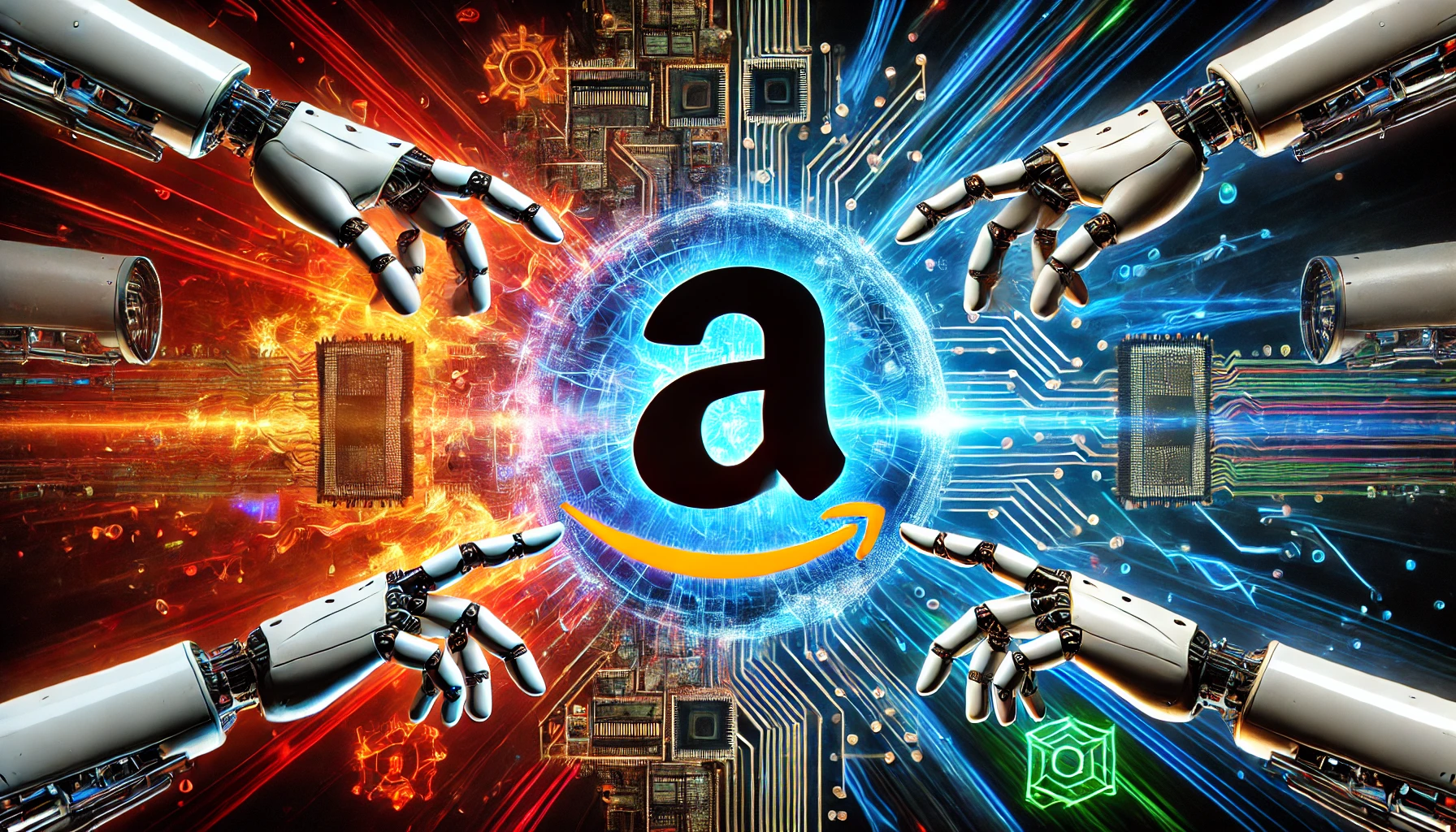Amazon: developers to be replaced by AI in 24 months and Chinese AI woes
Amazon Web Services (AWS) CEO Matt Garman said that AI could replace developers within the next 24 months. “If you go forward 24 months from now, or some amount of time — I can’t exactly predict where it is — it’s possible that most developers are not coding,” Garman said in a June “fireside chat” with employees. Garman positioned it more as advisory guidance, encouraging developers to evolve their skills beyond just translating human requirements into computer instructions. “Coding is just kind of like the language that we talk to computers. It’s not necessarily the skill in and of itself,” The post Amazon: developers to be replaced by AI in 24 months and Chinese AI woes appeared first on DailyAI.

Amazon Web Services (AWS) CEO Matt Garman said that AI could replace developers within the next 24 months.
“If you go forward 24 months from now, or some amount of time — I can’t exactly predict where it is — it’s possible that most developers are not coding,” Garman said in a June “fireside chat” with employees.
Garman positioned it more as advisory guidance, encouraging developers to evolve their skills beyond just translating human requirements into computer instructions.
“Coding is just kind of like the language that we talk to computers. It’s not necessarily the skill in and of itself,” he explained.
“The skill in and of itself is like, how do I innovate? How do I go build something that’s interesting for my end users to use?”
In other words, developers who want to remain relevant in an AI-dominated future will need to focus more on high-level design, user experience, and delivering business value than on low-level implementation details.
They’ll have to become experts at conveying requirements to AI systems to automatically generate the code.
An AWS spokesperson framed Garman’s comments in an optimistic light, suggesting this shift will enable “builders” to accomplish more by removing “undifferentiated heavy lifting” from their workflow.
But it undoubtedly raises existential questions and insecurities for many in the profession. Other prominent tech leaders, such as Microsoft CEO Satya Nadella and Nvidia CEO Jensen Huang, have echoed sentiments about AI’s potential to massively expand the pool of “developers.”
With powerful new code-generating AI systems emerging that can automate development tasks, the coming years could see companies delivering more output with leaner (and less costly) engineering teams.
Garman’s advice to employees was to start finding ways now to incorporate AI tools into their processes.
He highlighted the example of Smartsheet integrating Amazon‘s “Q” chatbot into a Slack channel to field questions about internal policies and documentation.
“A lot of times we think about customers, which is great, but I’d also encourage everybody internally to think about how you are just completely changing what you’re doing,” the AWS chief prodded.
Interestingly, Christoph Hartmann, head of Amazon Games, offered a contrasting perspective in a recent interview with IGN.
While acknowledging that AI could streamline certain processes and reduce game development cycles, Hartmann stated that the technology probably wouldn’t lead to net job losses in the gaming industry.
“Technology always, always has done that,” Hartmann said, suggesting that AI would ultimately create new roles even as it eliminates others.
“Ideally we can get [development cycles] down to three years so we can iterate more, which then will bring the budgets down a little bit.”
Hartmann acknowledged AI’s limitations regarding the creative aspects of game design, stating, “If you find AI designing games, the game’s going to be all the same.”
Chinese entities are using Amazon’s AI services
Meanwhile, according to Reuters, at least 11 Chinese entities, including state-linked research institutions, have used AWS and other US cloud services over the past year to access high-end American AI chips and models.
These include restricted chips from Nvidia, like the A100 and H100, which are used to power large language models (LLMs) akin to OpenAI’s ChatGPT but can’t legally be exported to China.
However, providing access to such chips or advanced AI systems via the cloud currently falls outside the scope of US export controls, which only govern physical products.
This has created somewhat of a loophole for Chinese organizations to obtain and use US AI tech through cloud services, which provide access to high-end products via the internet.
Recent procurement documents, for instance, show that Shenzhen University spent over $27,000 on an AWS account to access cloud servers powered by Nvidia’s off-limits A100 and H100 chips.
Zhejiang Lab, a state-backed research institute developing its own ChatGPT-like large language model, also stated its intent to purchase AWS services when its homegrown Alibaba cloud couldn’t provide enough computing power.
US officials are now moving to close this regulatory gap, with policies from Congress and the Commerce Department in progress to restrict foreign access to US AI tech through the cloud.
“This loophole has been a concern of mine for years, and we are long overdue to address it,” said Rep. Michael McCaul, chair of the House Foreign Affairs Committee.
In the meantime, Amazon and its cloud rivals are vying to satisfy the booming Chinese demand for their AI services while respecting US national security policies aimed at keeping the technology out of Beijing’s hands.
The post Amazon: developers to be replaced by AI in 24 months and Chinese AI woes appeared first on DailyAI.






















